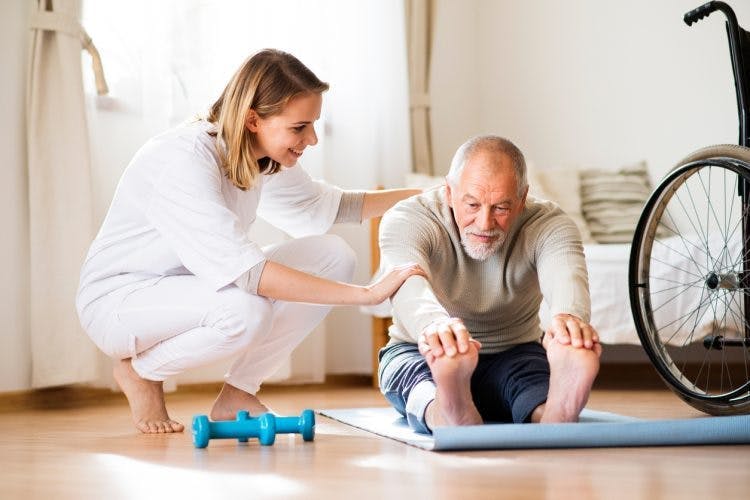Understanding Active vs Passive Exercises to Customize Rehabilitation to Your Ability Level
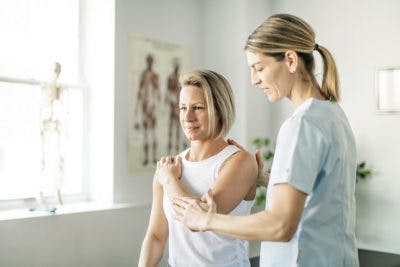
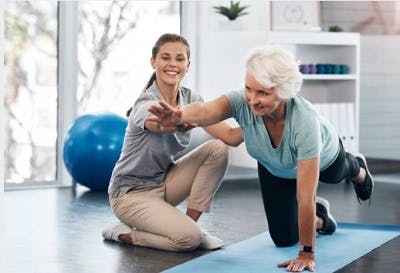
Active exercises involve your physical effort exerted into muscular activity.
These exercises can include active range of motion, like self-stretching, or general stroke rehabilitation exercises where you move your muscles through therapeutic movements.
When you’re doing the exercises yourself, it’s active exercise.
Movement difficulties occur after neurological injury because the brain cannot send the correct signals to the affected muscles. Rehabilitation exercise encourages the brain to rewire itself through neuroplasticity, which improves its ability to send signals to your muscles.
Neuroplasticity occurs with both passive and active exercise, but more with active exercise. Active exercise also helps with muscle strengthening. This is particularly beneficial if muscle atrophy has occurred from less daily movement.
Who Can Benefit from Active Exercises?
Patients that struggle with hemiparesis (weakness on one side of the body) can benefit from active exercise. As long as the person has some movement of their muscles (even if the control is not substantial), they can benefit from active exercises.
When mobility is limited and restricted by conditions like spasticity, passive exercises can be done before active exercise. This helps warm up the muscles and prepare them for active use.
Patients who have some movement of their affected side, and working towards regaining more mobility, can begin with active exercises. However, ask your physical therapist what’s right for you. Some range-of-motion exercises are recommended regardless of mobility level.
Just like passive exercise, active exercise benefits patients by stimulating neuroplasticity. Frequently practicing active rehab exercises will provide the brain with the stimulation it needs to rewire itself.
Exercises to Get You Started
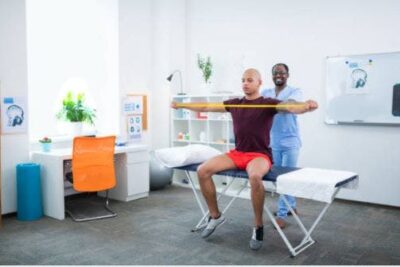
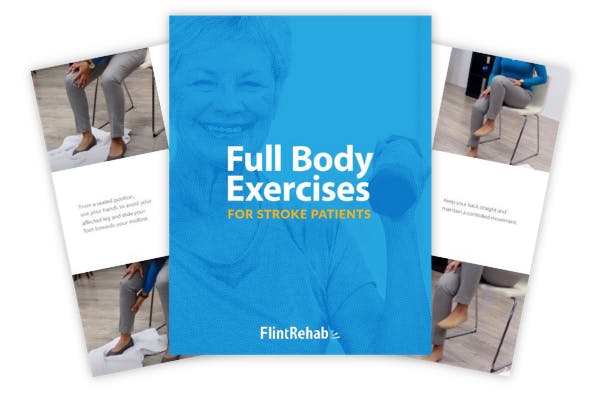
Get our free ebook filled with 25 pages of rehab exercises featuring photos of licensed therapists. Sign up below to get your copy!
When you sign up, you’ll also receive our popular Monday newsletter that contains 5 articles on stroke recovery.
We never sell your email address, and we never spam. That we promise.
